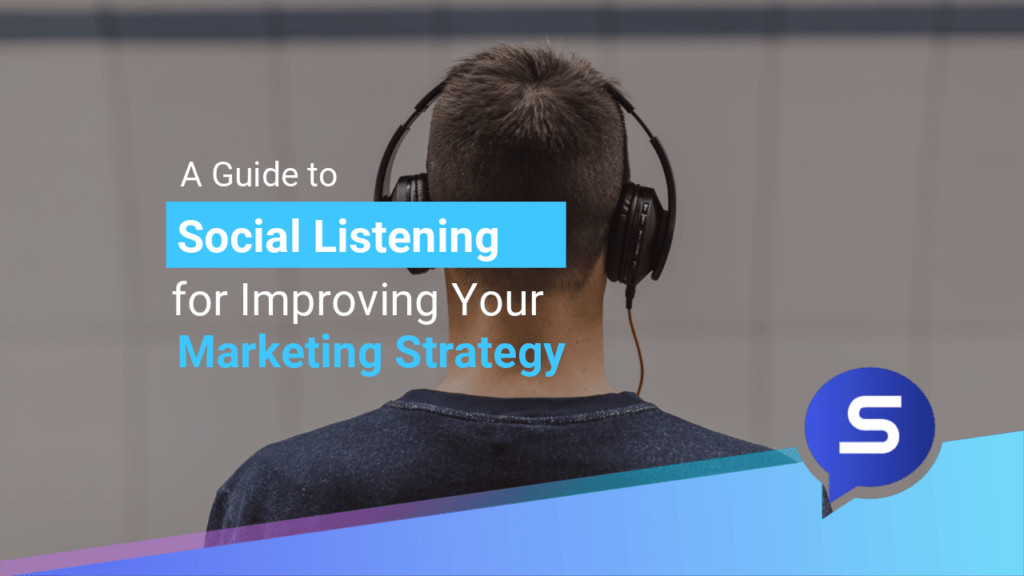

By Kelly Jamison
Can you believe we now have so many opportunities to engage with our customer[1] base? Before the arrival of Facebook[2], Twitter, and the various other social media networks, we didn’t have the option to become so close with the people that use our products and services. Now that we have such powerful online tools, it stands to reason that we should do anything and everything that we can to use them properly.
After all, social media is about connection and consistency. Without these, we can’t expect to fully understand what our targeted audience is really looking for from us.

So, why is it so important to actually listen to social media? There is a lot of information behind why marketers do what they do, and this week I wanted to go into these points with you. Believe me, the advertisements and blog[3] posts you see each day aren’t just random. If a marketer is doing their job, they are gathering information with every comment, like and re-tweet.
One of the most important issues you can become aware of through social media are the problems that your customer base is facing. By tuning in and watching what is important to your audience, you will most certainly find places where you could better your company. Take a look at any complaints that are being made and use this time to not only assure your customers that they will be fixed, but also that their input helped bring this issue to your attention. By doing this, you are being provided with very important information while addressing issues that will ultimately make your customers appreciate what you do.
Did you know that there is always more to learn about your brand? It’s true! Even if you think you know your brand backwards and forwards, there is always something more to be said and more to find out! What are your customers saying about your brand and what are their thoughts surrounding your products and services? Leveraging this information will improve your content marketing, SEO and PPC strategies. Pay special attention to who is talking about you the most and where they are from.
| Metric | Insight |
|---|---|
| Sentiment Analysis | Determine the overall sentiment towards your brand or product |
| Brand Mentions | Identify the reach and visibility of your brand |
| Customer Feedback | Understand customer needs, pain points, and preferences |
| Competitor Analysis | Track competitor activity and identify opportunities for differentiation |
Finally, I want to address this last point which is that you’ll start to build a community. With social media, this is really the end goal. You want to get the word out while connecting with millions of people who find joy, help or significance in any way out of your product or service. By listening to their needs and being active about fixing issues, you are showing your new community that you are listening and ready to take on more! No one wants to work with an organization that doens’t seem to care about their customers. Show your audience that you can by listening in the one place you know they’ll be talking- online.
On which social media network does your customer base talk to you the most?
Social listening can help you improve customer service and support by monitoring customer sentiment and improving response time. By listening to what customers are saying, you can address their needs effectively and provide better assistance.
Implementing social listening can present common challenges. But with the right strategies, you can overcome them and achieve success. Understand the obstacles, adapt your approach, and stay committed to improving your marketing strategy.
Yes, social listening can help you identify potential crisis situations for your brand. By monitoring online conversations and sentiment, you can proactively address issues and protect your brand reputation through effective crisis management.
To gain strategy insights from competitors, utilize social listening. Monitor their online presence, interactions, and content. Analyze their engagement metrics, audience sentiment, and trending topics. Adjust your marketing strategy accordingly to stay competitive.
To effectively engage with influencers identified through social listening, start by building relationships through authentic interactions. Collaborate on content creation or form partnerships to tap into their audience and amplify your brand’s message.
